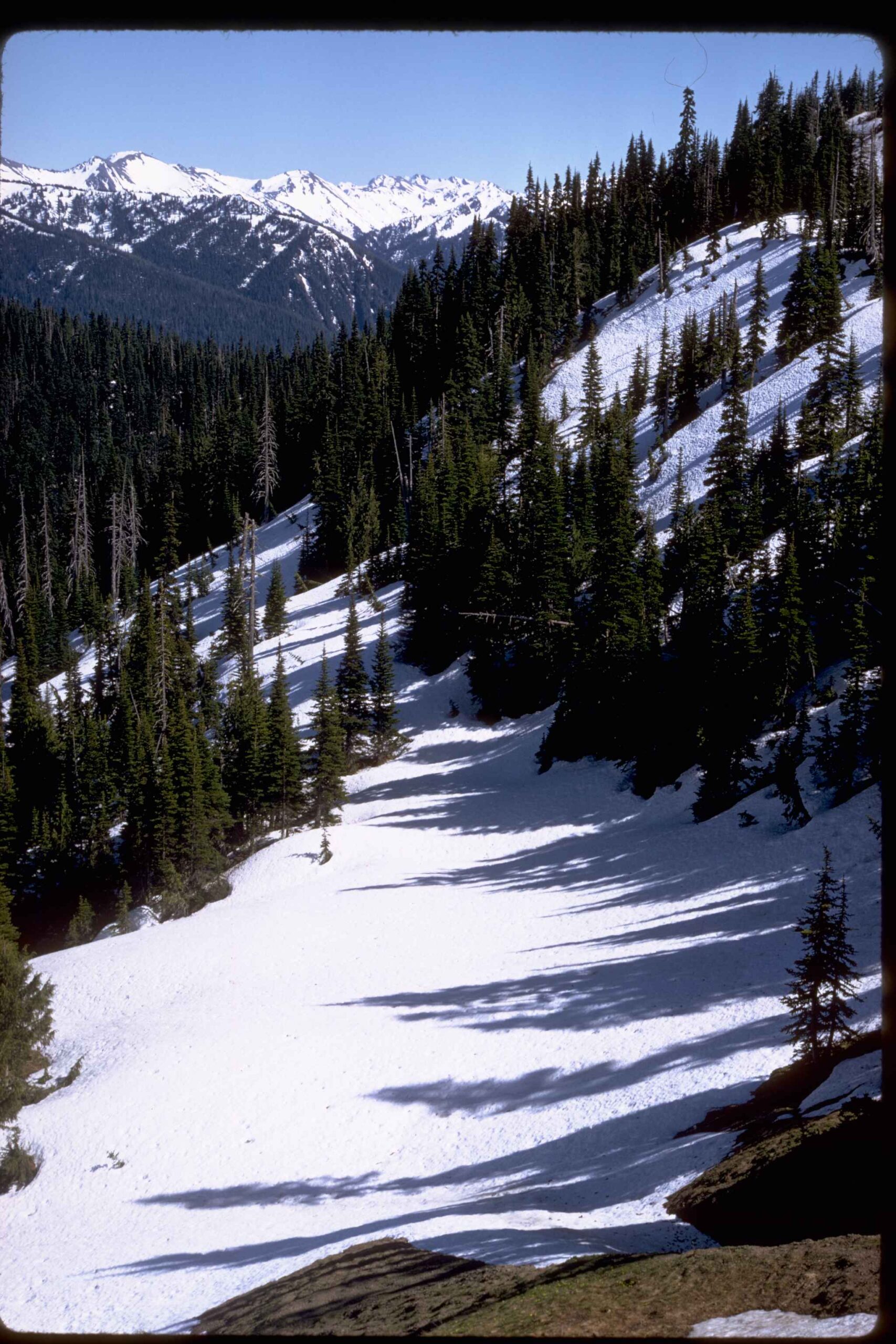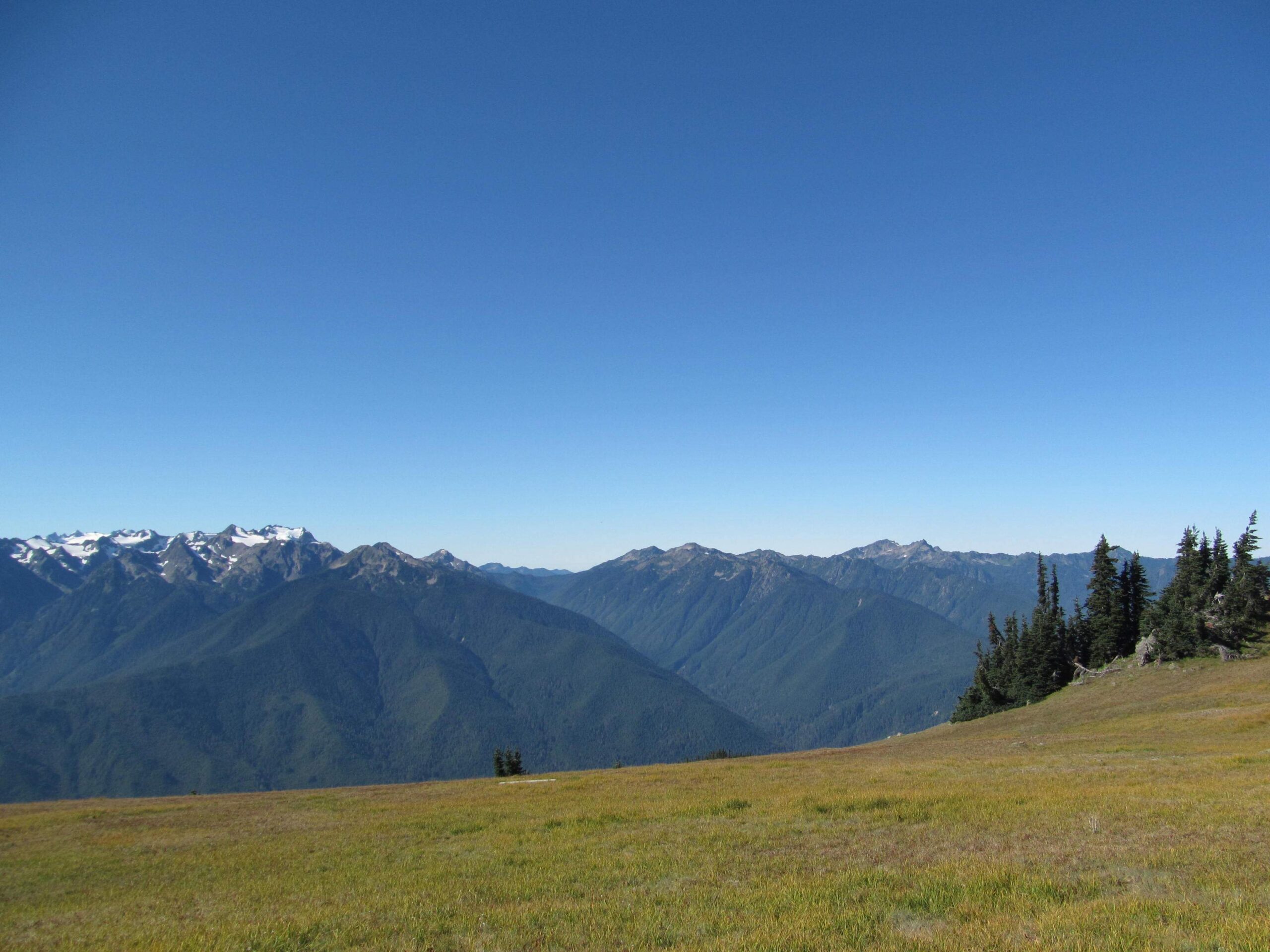The Devils Staircase in Olympic National Park is a challenging and remote wilderness area located in the northwestern part of the park. This rugged landscape is characterized by steep terrain, dense old-growth forests, and pristine watersheds. While not an official trail, the area offers a unique backcountry experience for adventurous hikers and nature enthusiasts. The Devils Staircase is known for its biodiversity, including rare plant species and wildlife habitats.
What is the History of Devils Staircase in Olympic National Park?

The Devils Staircase area has a rich history that intertwines with the conservation efforts of Olympic National Park. This region has been the subject of ongoing preservation debates due to its ecological significance and challenging terrain.
- 1938: Olympic National Park established, protecting vast wilderness areas
- 1984: Oregon Wilderness Act passed, recognizing the importance of preserving wild areas
- 2019: Devils Staircase Wilderness officially designated, protecting 30,621 acres
The area’s name, “Devils Staircase,” is believed to have originated from the extremely steep and difficult terrain that characterizes the landscape.
Where is Devils Staircase Located Within Olympic National Park?

Devils Staircase is situated in the southwestern part of Olympic National Park, near the boundary with Olympic National Forest.
Key location details:
– Nearest town: Reedsport, Oregon (approximately 20 miles southeast)
– Access: Limited, primarily through rugged backcountry routes
– Coordinates: Approximately 43°58’N 123°55’W
What Makes Devils Staircase Unique in Olympic National Park?
Devils Staircase stands out for several reasons:
- Pristine Wilderness: One of the last remaining old-growth coastal rainforests in the Lower 48 states
- Biodiversity Hotspot: Home to numerous rare and endangered species
- Challenging Terrain: Steep slopes and dense vegetation create a natural barrier to human intrusion
- Watershed Protection: Crucial for maintaining water quality in the Umpqua River system
| Feature | Description |
|---|---|
| Ecosystem | Temperate rainforest |
| Dominant Tree Species | Douglas fir, Western hemlock, Western red cedar |
| Wildlife | Spotted owl, marbled murrelet, coho salmon |
| Annual Rainfall | 100-200 inches |
How Can Visitors Experience Devils Staircase?
Due to its remote nature and lack of maintained trails, experiencing Devils Staircase requires careful planning and advanced wilderness skills.
- Backcountry Permits: Required for overnight stays in the wilderness area
- Navigation Skills: Essential, as there are no marked trails
- Physical Fitness: High level required due to steep terrain and dense vegetation
- Leave No Trace: Strict adherence to wilderness ethics is crucial
Note: It’s highly recommended to consult with park rangers before attempting to explore this area.
What Wildlife Can Be Observed in Devils Staircase?
The Devils Staircase area is home to a diverse array of wildlife, including:
- Northern spotted owl (Strix occidentalis caurina)
- Marbled murrelet (Brachyramphus marmoratus)
- Roosevelt elk (Cervus canadensis roosevelti)
- Black bear (Ursus americanus)
- Coho salmon (Oncorhynchus kisutch)
Birdwatchers may also spot:
– Varied thrush
– Winter wren
– Pileated woodpecker
How Does Devils Staircase Contribute to Conservation Efforts?
Devils Staircase plays a crucial role in conservation:
- Habitat Preservation: Protects critical habitats for endangered species
- Carbon Sequestration: Old-growth forests store significant amounts of carbon
- Watershed Protection: Maintains water quality for downstream ecosystems
- Scientific Research: Provides opportunities for studying undisturbed ecosystems
- Biodiversity Conservation: Preserves a wide range of plant and animal species
What Challenges Face Devils Staircase in Olympic National Park?
Despite its protected status, Devils Staircase faces several challenges:
- Climate Change: Altering precipitation patterns and temperature regimes
- Invasive Species: Potential threat to native ecosystems
- Logging Pressure: Surrounding areas face ongoing logging interests
- Limited Resources: Challenges in monitoring and managing such a remote area
How Can Visitors Prepare for a Trip to Devils Staircase?
Preparing for a visit to Devils Staircase requires thorough planning:
- Physical Conditioning: Engage in strenuous hikes and exercises months before the trip
- Navigation Tools: Bring topographic maps, compass, and GPS devices
- Emergency Gear: Pack first-aid kit, emergency shelter, and communication devices
- Water Treatment: Carry water purification methods for backcountry water sources
- Leave No Trace: Familiarize yourself with wilderness ethics and practices
Remember: Always inform someone of your trip plans and expected return date.
What is the Best Time to Visit Devils Staircase?
The best time to visit Devils Staircase depends on your goals and experience level:
- Summer (July-September): Driest months, but can still expect rain
- Spring (April-June): Wildflowers in bloom, but higher water levels in streams
- Fall (October-November): Beautiful foliage, but increasing rainfall
- Winter (December-March): Not recommended due to harsh conditions and high water
Note: Weather can be unpredictable year-round. Always check current conditions before your trip.
By exploring the Devils Staircase area of Olympic National Park, visitors can experience one of the last truly wild places in the contiguous United States. Its challenging terrain, rich biodiversity, and pristine ecosystems offer a unique glimpse into the raw beauty of the Pacific Northwest’s temperate rainforests.
References:
1. Olympic National Park Official Website
2. Wilderness.net – Devils Staircase Wilderness
3. Oregon Wild – Devils Staircase

